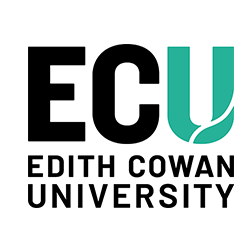Designing organisational management frameworks to empower episodic volunteering
Authors/Creators
Jeff Dunn
Paul Scuffham
Melissa K. Hyde
Kevin Stein
Leah Zajdlewicz
Anne Savage
Nicole Heneka
Shu-Kay Ng
Suzanne K. Chambers, Edith Cowan UniversityFollow
Abstract
© 2020, International Society for Third-Sector Research. Volunteers are a critical operational resource for not-for-profit organisations in the health and welfare sector. However, trends towards episodic volunteering may be a source of disruption. This study examined contemporary management beliefs and practices about episodic volunteers in the sector. A cross-sectional online survey with 186 managers and coordinators of episodic volunteers across North America and the Asia Pacific examined organisational values and beliefs about volunteers; perceived benefits and challenges of working with episodic volunteers; volunteering management. Episodic volunteers were highly beneficial to organisational profile, mission, service profile, and cost savings. Challenges include matching recruitment to workplace and skill needs; lack of paid staff to supervise and train volunteers and inadequate administrative support. There is a disjunct between the perceived value provided to the not-for-profit sector by episodic volunteers and the extent to which episodic volunteering is supported through organisational training and management practices.
Document Type
Journal Article
Date of Publication
2022
ISSN
09578765
Publication Title
Voluntas
Publisher
Springer
School
Exercise Medicine Research Institute
RAS ID
34148
Funders
Australian Research Council Cancer Coucil Queensland Union for International Cancer Control
Grant Number
ARC Number : LP150100368
Grant Link
http://purl.org/au-research/grants/arc/LP150100368
Copyright
subscription content


Comments
Dunn, J., Scuffham, P., Hyde, M. K., Stein, K., Zajdlewicz, L., Savage, A., ... Chambers, S. K. (2022). Designing organisational management frameworks to empower episodic volunteering. VOLUNTAS: International Journal of Voluntary and Nonprofit Organizations, 33(2), 217-228. https://doi.org/10.1007/s11266-020-00226-5